
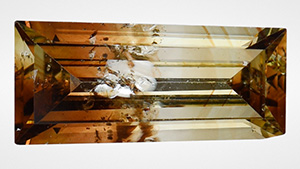
Mei Yan Lai and Sally Eaton-Magaña, January 26, 2024
A tapered baguette-cut diamond exhibits two major color zones.
Read More
Mei Yan Lai and Virginia Schwartz, January 26, 2024
The Carlsbad lab examines a rare submission of a Fancy Dark brown diamond containing carbon dioxide.
Read More
Manisha Bhoir, Shoko Odake, and Wuyi Wang, January 26, 2024
A diamond shaped like a cricket bat is submitted to GIA’s Mumbai laboratory.
Read More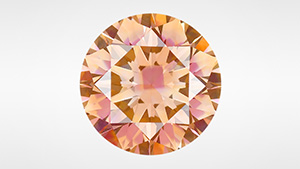
Sally Eaton-Magaña and Taryn Linzmeyer, January 26, 2024
A Fancy Deep brownish orange treated HPHT-grown diamond exhibits multiple defect concentrations in various growth sectors.
Read More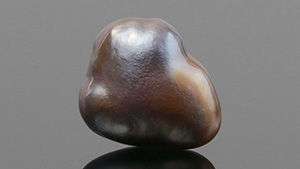
Cheryl Ying Wai Au, January 26, 2024
Examination of a brown nacreous pearl reveals a pair of foraminifera-like spheres.
Read More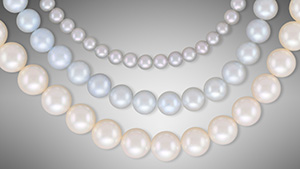
Amiroh Steen, Joyce Wing Yan Ho, and Artitaya Homkrajae, January 26, 2024
The Carlsbad laboratory reports on a strand of 78 light bluish gray pearls submitted for identification.
Read More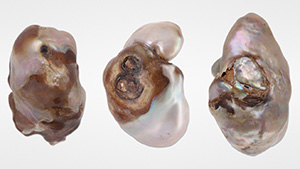
Karan Rajguru, Abeer Al-Alawi, and Roxane Bhot Jain, January 26, 2024
A report on the identification of three large baroque pearls submitted to the Mumbai laboratory.
Read More
Roxane Bhot Jain, Jayesh Surve, Abeer Al-Alawi, and Chunhui Zhou, January 26, 2024
GIA’s Mumbai laboratory analyzes seed pearls decorating an Indian-style headdress.
Read More
Ravenya Atchalak and Emiko Yazawa, January 26, 2024
Investigation of a tubular feature in a natural pearl reveals evidence of parasitic activity.
Read More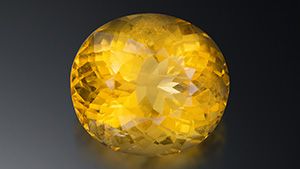
Narint Jaisanit, January 26, 2024
A rare and exceptional example of sodalite is studied in the Bangkok laboratory.
Read Morepast gems & gemology issues







